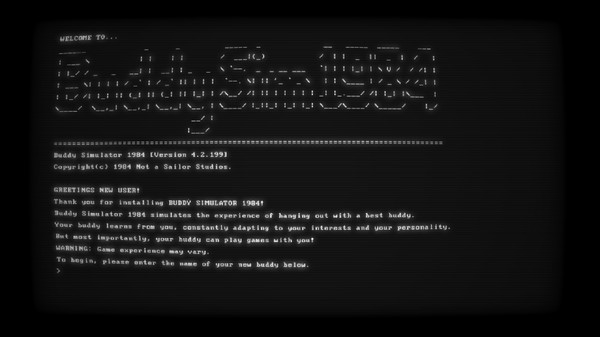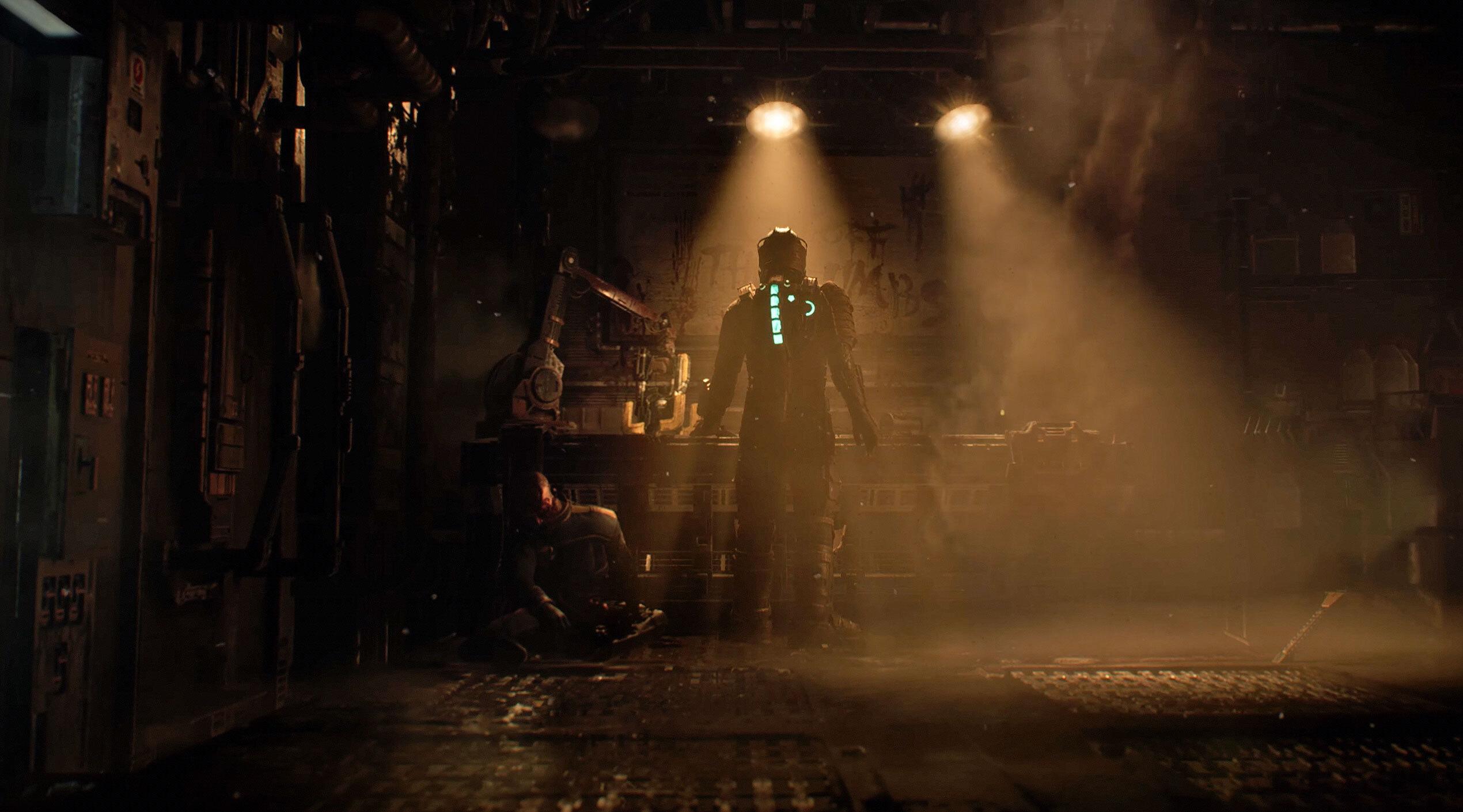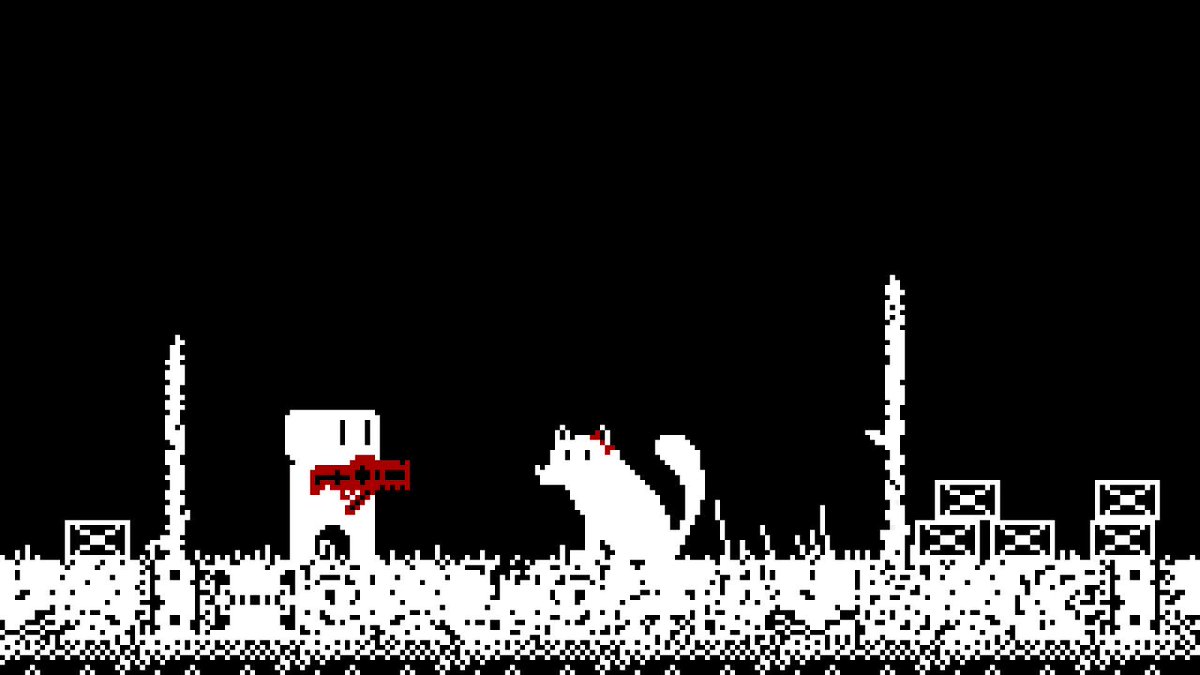Share
Technology will endlessly improve and build on yesterday’s breakthroughs but so many games from the past have stood the test of time and remain fun despite the dust. Sonic’s had a long journey over the years. And even after missteps like Sonic the Hedgehog (2006) and Sonic 3D Blast, he always regains his footing and delivers another instant classic. Sega stumbles like any company but they’ve also developed and published some of the best video games out there, and many of them are part of the Sonic the Hedgehog franchise.

Sonic Spinball

Sonic Spinball makes perfect sense but it only happened after Sega realized Sonic the Hedgehog 3 wouldn’t be ready for the 1993 holiday season. Sega needed a Sonic game on store shelves in less than a year and their research showed Casino Night Zone was one of the most popular levels in Sonic the Hedgehog 2. This information helped guide designer Peter Morawiec and a small team as they started development on a Sonic spinoff. Morawiec was inspired by Pinball Dreams, a pinball game on the Amiga, and worked on blending traditional pinball gameplay with Sonic’s platforming and speed.
The development of Sonic Spinball wasn’t a smooth process. Sega sent staff from Japan to assist with development but it still looked like the game wouldn’t be finished on time. Sega Technical Institute staff changed the game’s programming language from assembly to C. I don’t know what that means but I’ve read it made the game run poorly since Genesis games weren’t usually written in that language. Development was able to be completed quickly after that change despite the issues it introduced. I wish the issues weren’t there but the tight deadline and conditions are what gave us Sonic Spinball in the first place. We might not have gotten such a weird and unique spinoff in the first place if it weren’t for the short development cycle.
In the game, you move Sonic on foot in some parts but he’s primarily used as a pinball to take down Dr. Robotnik and free the enslaved animals he’s turned into robotic minions. Even though Dr. Robotnik is supposed to be a smart scientist or whatever, he installed his lair on a volcano (classic bad guy mistake!) that’s kept stable with chaos emeralds. Sonic is able to collect these as you play the game and it causes an eruption that takes out Robotnik and his evil schemes. Sega did their research and people are right to love Casino Night Zone; it’s one of the best stages in Sonic’s Genesis titles! The game’s soundtrack is also super good and I really wish it got more credit for how weird and different it is. Sonic Spinball is available individually on Steam and part of Sega Genesis Classics, which is available on Xbox, PlayStation 4, and Nintendo Switch. I purchased Sega Genesis Classics specifically to play this game and you should too if you haven’t played it!
Sonic Generations

Sonic Team developed Sonic Generations for the blue hedgehog’s twentieth anniversary, and it went much better than Sonic the Hedgehog (2006). The 2006 title was supposed to be a big deal and celebrate the franchise’s fifteenth anniversary but instead, it became an expensive joke that gave us memes and Sonic kissing a human being. That’s a story for another time but Sega knew they couldn’t mess up the next big anniversary. The next big release had to be better than good. They couldn’t afford to let Sonic and his fans down on another big milestone.
Sonic Generations has both 2D and 3D gameplay with a story that pulls Classic Sonic and Modern Sonic together. The two characters work together to stop Dr. Robotnik’s plan, which takes place across time. This is where the gameplay remix comes into play. Generations features levels from previous Sonic games re-done and remixed in 2D and 3D styles. The game features nine different stages from previous games in the series with levels spanning from the first Sonic game all the way to Sonic Colors, with two different ways to play levels. Not only did this provide fun and unique gameplay segments between the modes but it also created some really interesting perspectives in places previously only seen in one of the styles. Levels previously only available from a sidescroller perspective now had Sonic dashing straight into the screen and vice versa. It was a good way to celebrate Sonic’s legacy and also gave everyone something they wanted since it featured iconic locations from classic and modern games. Sonic Generations is backward compatible and playable on Xbox One and Xbox Series X|S. It’s also available on Steam and PlayStation 3.
Sonic 3 & Knuckles

Yeah, it’s technically two games but it was originally going to be a single game. Sonic the Hedgehog 3 and Sonic & Knuckles were originally going to be one big game but cartridge size and McDonald’s messed it all up. Well, kind of but mostly Sega’s ambition and their habit of always trying to make the coolest stuff cooler while working on a tight deadline.
Sonic the Hedgehog 3 had a firm development deadline for February 1994 and there was no room for error because Sega and McDonald’s were launching a major promotional campaign for the game in America. Sega was originally planning on using 3D technology to make Sonic 3 into ‘Sonic 3D’ but the necessary chip wasn’t going to be ready in time. Development shifted and restarted with the concept getting reworked into Sonic 3D Blast, which was anything but a blast.
The long and weird development of Sonic the Hedgehog 3 gave us Sonic Spinball, Sonic & Knuckles, and Sega didn’t give up on making the massive trilogy finale they wanted to do. Sega created a “lock-on” adapter for Sonic & Knuckles, which allowed Sonic 3 to physically attach to the top of the cartridge. This combined the two cartridges for a slew of features, including an additional ending, new forms of characters, and you could even play through levels as different characters. The feature is available in most digital re-releases too and it’s the definitive way to experience the games.
Sonic 3 & Knuckles feels important as soon as it starts. Sonic jumps off the plane Tails is operating because it’s not fast enough. He doesn’t have time for airplanes so he jumps off, turns into Super Sonic, and dashes across the ocean to Angel Island, which is where the story begins. It’s still really cool but at the time it was cinematic storytelling blended with Sonic’s cool attitude. Sonic and Tails have to deal with Knuckles, the island’s guardian, while also trying to stop Doctor Robotnik from relaunching his Death Egg into space. (Another classic bad guy mistake). This epic feel extends into the gameplay too.
Before the first level is even finished, a forest fire swallows the screen and Sonic has to make a run for it. Once the story of Sonic & Knuckles starts, things escalate even more — but they also get cooler too. The second part of the story lets you play as both Sonic and Knuckles because the two team up against Robotnik. Most series would be lucky to have a peak as high as Sonic 3 & Knuckles but Sonic is special and continued to star in the occasional masterpiece after Robotnik’s defeat at Sky Sanctuary. Sonic 3 & Knuckles is playable on Steam, Xbox 360, and PlayStation 3. It’s also playable on Xbox One and Xbox Series X|S through backward compatibility. Note: You’ll need to purchase Sonic the Hedgehog 3 and Sonic & Knuckles separately on Xbox and PlayStation consoles to play Sonic 3 & Knuckles, which can be accessed in the options on the main menu.
Sonic CD

Sonic CD may have been tied to one of Sega’s weirder and less successful ideas but it’s still one of the best games in the series. It’s a weird and experimental game that was made without Yuji Naka, the first game’s lead programmer. After the development of the first game was finished, Yuji Naka and several other staff from Sonic Team went to the United States to work on Sonic the Hedgehog 2 with Sega Technical Institute. The members that left Japan to work on Sonic 2 felt like Sega of Japan was getting too corporate and strict and they wanted to be creative and have more freedom. In the end, it worked out pretty well for both games.
Sonic 2 is amazing. It isn’t the best in the series but it’s several people’s favorite for a lot of reasons. It’s a really good game that refined what the first game did really well with a better and improved focus on level structure, speed, level design, and even level variety. It’s a perfect sequel. But while that was being made, Sega made this weird little game that’s all on its own and not even part of the Genesis storyline. It might be connected in some way or another now but at the time it was just its own game. Sega’s main goal in developing Sonic CD was to show the world what the Sega CD add-on was capable of and that ended up giving us something creative, weird, and wonderful.
Sonic CD started as something much less creative. It was originally envisioned as an enhanced port of Sonic the Hedgehog 2 with more advanced features, including extra levels, animated cutscenes, and more. The port was shifted into an original game because development staff had ideas for an original game and also because Sega thought Sonic 2 sold poorly in Japan. It was for the better though. Sonic 2 doesn’t need anything changed. It’s perfect the way it is. And Sonic CD has cool effects, time-travel in stages with different styles, and stages flow well and work very nicely with Sonic’s speed. The soundtrack is one of the best soundtracks in the series too, as long as you listen to the Japanese version. Sega of America was silly and thought the soundtrack in the Japanese version wasn’t rich or complex enough. They were wrong. Both soundtracks are available in the version re-released in 2001, which is on Xbox 360, PlayStation 3, iOS, Android, and PC. It’s also playable on Xbox One and Xbox Series X|S via backward compatibility. Christian Whitehead was responsible for the work that made this port of the game possible. It was previously re-released on Gamecube and PlayStation 2 on the Sonic Gems Collection but it was a rough port with a lot of issues. The 2011 port featured better collision detection, refined visuals, both soundtracks, widescreen support, and more.
Sonic Mania

Making a good Sonic CD port possible wasn’t the only thing Christian Whitehead did for Sonic. He also worked on Sonic Mania which belongs on every list celebrating the best Sonic games. Whitehead went from being a huge part of the fan community to developing official ports of older titles to creating the best game in the series. Sonic Mania was released in 2017 for Sonic’s 25th anniversary and it gave everyone a reason to celebrate, even if it did come out a year after the milestone. No one cares that it came out a year after the celebration because of how incredible the game is. It’s the ultimate Sonic game.
Sonic Mania has new levels and ideas with an original story but there’s also remixed levels from older games. Nothing feels wasted or unnecessary and it all just works together to make a better game. The team took inspiration from Sonic the Hedgehog 3 and Sonic CD, which makes sense and probably helped a lot. Those are some of the most ambitious games in the series and their concepts and hooks combined beautifully with a dedicated team filled with Sonic fans that were guided by Sonic Team. Sonic Mania features everything that’s great about the older games with new features that also make it one of the best 2D platformers of its time. I used to replay older Sonic games quite a bit but now I usually just boot up Mania to get some flavor from the past while also enjoying the present and future of the little blue blur.




